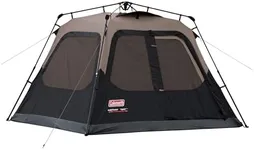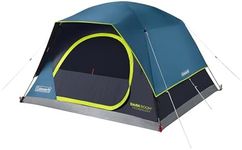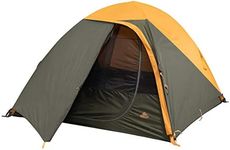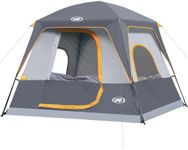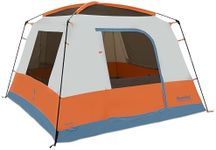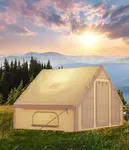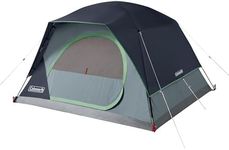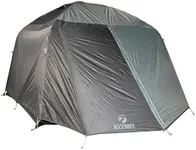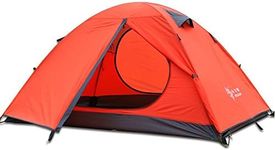Buying Guide for the Best 4 Person Tents
Choosing the right 4-person tent involves considering several factors to ensure it meets your needs for comfort, durability, and convenience. Whether you're planning a family camping trip, a weekend getaway with friends, or an outdoor adventure, understanding the key specifications will help you make an informed decision. Here are the essential specs to consider when selecting a 4-person tent and how to navigate them to find the best fit for you.Size and DimensionsSize and dimensions refer to the floor space and height of the tent. This spec is important because it determines how much room you have to sleep and move around. For a 4-person tent, look for a floor area of at least 60-70 square feet. If you prefer more space, consider a tent with a larger footprint. The peak height is also crucial; a taller tent allows you to stand up and move more comfortably. Choose a tent with dimensions that match your comfort needs and the number of people using it.
WeightWeight is the total mass of the tent when packed. This spec is important for portability, especially if you plan to hike or backpack to your campsite. Tents can range from lightweight (under 10 pounds) to heavier models (over 15 pounds). If you need to carry the tent over long distances, opt for a lighter model. For car camping, weight is less of a concern, so you can choose a sturdier, heavier tent.
Season RatingSeason rating indicates the tent's suitability for different weather conditions. This spec is crucial for ensuring comfort and safety in various climates. Tents are typically rated as 3-season or 4-season. A 3-season tent is designed for spring, summer, and fall, offering good ventilation and protection from rain. A 4-season tent is built to withstand harsher conditions, including snow and strong winds, making it suitable for winter camping. Choose a tent based on the typical weather conditions you expect to encounter.
Material and DurabilityMaterial and durability refer to the fabric and construction quality of the tent. This spec is important for longevity and protection against the elements. Common materials include nylon and polyester, with coatings like polyurethane or silicone for waterproofing. The tent poles are usually made of aluminum or fiberglass. Durable materials and strong construction ensure the tent can withstand wear and tear. If you camp frequently or in rough conditions, prioritize a tent with high-quality materials.
Ease of SetupEase of setup describes how quickly and easily the tent can be assembled. This spec is important for convenience, especially if you need to set up camp quickly. Tents with fewer poles and simple designs are generally easier to pitch. Look for features like color-coded poles, quick-clip systems, and freestanding designs. If you are new to camping or prefer a hassle-free experience, choose a tent known for its easy setup.
VentilationVentilation refers to the airflow within the tent. This spec is important for reducing condensation and maintaining a comfortable temperature. Good ventilation is achieved through mesh panels, windows, and vents. In warmer climates, a tent with ample mesh and multiple vents will keep you cool. In cooler conditions, adjustable vents allow you to manage airflow without losing too much heat. Choose a tent with ventilation features that match the climate you will be camping in.
Additional FeaturesAdditional features include extras like vestibules, gear lofts, and interior pockets. These specs are important for convenience and organization. Vestibules provide extra storage space outside the sleeping area, while gear lofts and pockets help keep your belongings organized and off the floor. Consider what additional features will enhance your camping experience and choose a tent that offers those amenities.
